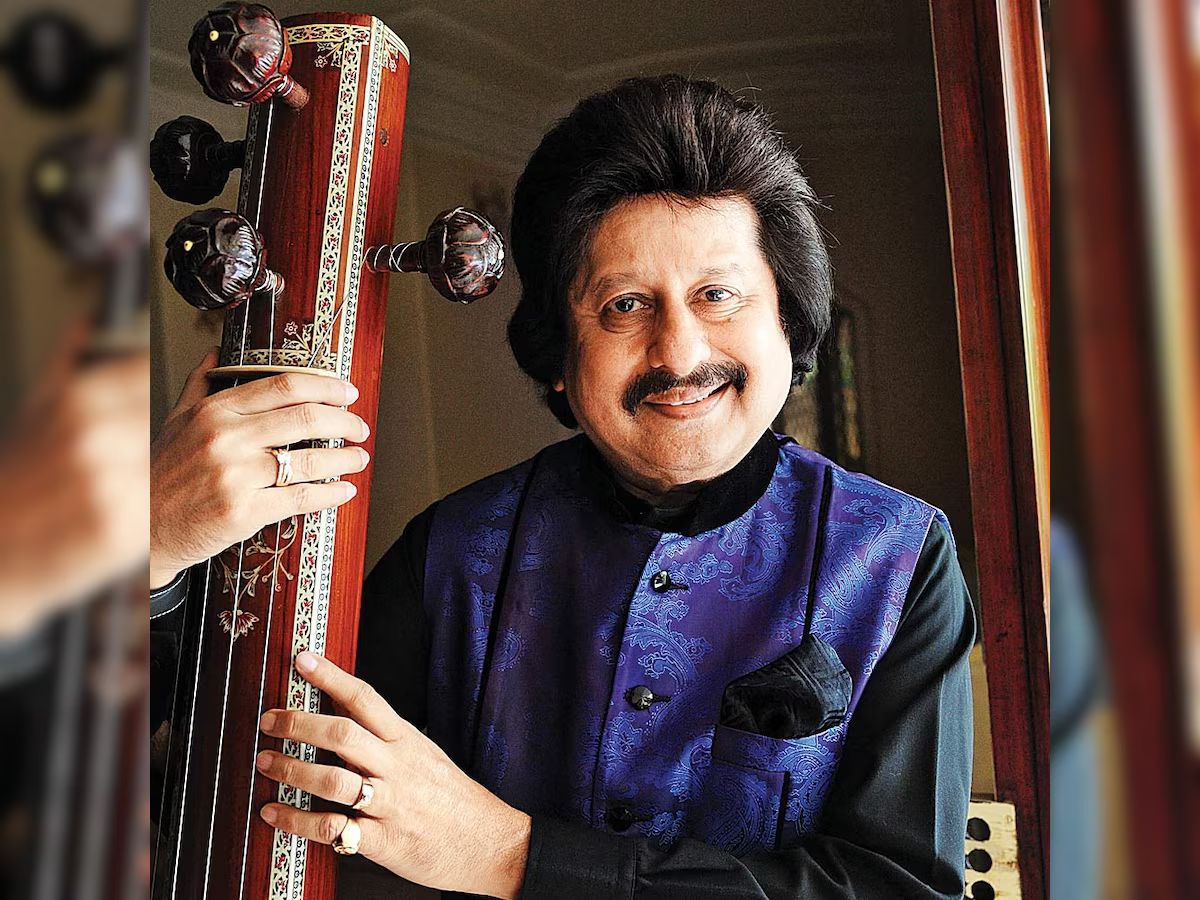Ms Bhavani Giddu and Ms Kashmeera Patel- Bhavani Giddu and Kashmeera Patel, public health communications professionals
In March 2018 a popular women’s magazine featured a model cradling a baby at her breast while staring directly into the camera on its cover. The headline read ‘please don’t stare, we need to breastfeed’. This had a polarizing effect with half the nation applauding the message and the other half outraged. As the world celebrates Breastfeeding Week from 1-7th August 2021, views towards breastfeeding in public places and the representation of breastfeeding remain polarised.
The long term benefits of breastfeeding for both the mother and child cannot be contested. For the infant breast milk provides lifelong immunity against diseases and prevents malnutrition-related diseases. For the mother, breastfeeding helps in shedding weight after birth, stimulates the uterus to contract and return to normal size and reduces the risk of breast and ovarian cancer.
Experts recommend exclusive breastfeeding up to 6 months of age and continuation of breastfeeding till the child is 2 years old. Unfortunately, for most mothers, this isn’t an option. Public spaces, offices, railway stations and airports, restaurants and shopping malls are not designed to accommodate breastfeeding mothers. The reason behind this is that society typically views breastfeeding as a domestic chore so a lactating mother is expected to only feed her baby within the confines of her home.
The questions we must ask ourselves is why we feel uncomfortable if a woman feeds her hungry infant in public and why we shame these women? Why does a natural act get labelled as indecent exposure? Should women have to stay at home until their child is two years old and weaned off breast milk to avoid the humiliation?
The social disapproval of breastfeeding in public is embedded in the dominantly sexist and sex-negative culture in our country. Women’s bodies are constantly objectified and sexualised in the media reinforcing the perception of breasts as sex organs. However, this is culturally determined, not inherent and breastfeeding serves as a reminder of this. Women who breastfeed in public get accused of indecent exposure or sexual immorality due to the conflict the act creates between seeing women as sexual beings and as mothers. The discomfort of others gets transferred to these women who often feel anxious, embarrassed, exposed and confused with breastfeeding in public spaces.
This perception of women is furthered by the media. When the media represents breastfeeding it is generally staged with models with a full face of makeup, perfectly taut breasts and high fashion clothing, representing an unrealistic and unattainable image. While it is important to normalise images of breastfeeding women and highlight the need for early initiation and continuation of breastfeeding in the media the goal should be on providing information and support not glorifying and glamorising it. By glamorising breastfeeding, the media negates the very goal of normalising it.
Breastfeeding doesn’t come easy to all women and can be messy and stress-inducing. The media should aim to make their stories on breastfeeding informative to address frequently asked questions on issues faced by breastfeeding mothers such as cracked nipples, fatigue, clogged ducts, pain and soreness and mastitis (a breast tissue infection common in nursing mothers) rather than glamorising the process.
India has a long way to go in protecting public breastfeeding through legislation and creating safe spaces for new mothers to breastfeed. However, a longer battle has to be fought simultaneously towards changing public opinion and social norms towards breast exposure, for breastfeeding or otherwise. The media needs to play an active role in shaping the discourse to empower women to feel comfortable breastfeeding in public. Women should not have to feel the need to cover up, stay at home to avoid discomforting others, justify themselves against judgemental comments and protect themselves from the unwanted male gaze.











